Despite the fact that over 600,000 Snap Lens filters have been created since Lens Studio debuted in 2017, and Facebook is reporting that more than a billion users have interacted with its Spark AR filters across Facebook properties, social augmented reality filters get a bad rap in the AR industry.
These kinds of filters are rarely acknowledged as having ushered in consumer AR. And when they are given a shot in the spotlight, they are often featured as a silly gimmick, reduced to mouths spewing rainbows, a sight that's not expected to be taken seriously when viewing the industry as a whole. But being too quick to dismiss these kinds of AR filters will cause you to miss how they are actually paving the way for our spatial computing future.
Filters are creating new user behaviors, educating the masses on the use of computer vision and 3D, and equipping brands savvy enough to utilize them with new tools to engage their target audience.
Here are 10 surprising things you probably didn't know social AR filters are doing today.
1. Filters Are Strengthening Physical Locations, Driving People to Real Places
Augmented Reality is breathing new life into museums and tourist attractions by providing a new experience to returning visitors and a timely reason for new visitors to make it a destination. Facebook's Spark AR and The Mill teamed up with the Tate Museum to use its marker-based AR technology to bring a selection of artwork to life with AR filters.
Meanwhile, Snapchat's Landmarker templates are being used by creators to let people remix select global landmarks, such as turning the Flatiron Building in NYC into a pizza, dressing Buckingham Palace up for Pride, or most recently a Diwali-themed gateway created by Spotify in Mumbai. These types of activations require the user to be on location to experience them, strengthening the need to be at a physical, real-world place. They can also be time-sensitive, adding an element of scarcity to the mix, which can get people out to a location during a specific period of time.
2. Filters Are Raising Awareness for Causes, Serving as Tools for Activism
Face filters may be extremely ego-driven, but they do have an altruistic side. Some creators are using filters as a new medium to raise awareness for specific causes. This is especially resonating with Gen Z, the younger generation of activists. Recently, Snapchat teamed up with (RED) and a team of street artists to create a series of world and face lenses as part of its Paint (RED) Save Lives campaign, raising awareness around the AIDS fight ahead of the Global Fund Replenishment Conference.
Similarly, Instagram's new Effects catalog has an entire category dedicated to causes, highlighting filters that users can use to show their support. Using these filters in your story and adding Instagram's new charity "Donate" button is a pretty good one-two punch. One great example of an Instagram Cause filter is Allan Berger's Amazonia filter (see below) which replaces you in a video or photo and replaces it with the burning Amazon rainforest to raise awareness on climate change.
3. Filters Enable Users to Play with Identity & New Ways of Self-Expression
AR is playing a huge role in society's loosening grip on old constructs of identity, which are already in flux in culture today. The filter space provides users the opportunity to select how they wish to present themselves to the outside world. Snap's AI-powered gender and age filters took the internet by storm earlier this year as polarizing examples of how AR can be a vehicle to explore gender identities and age.
Also, Instagram recently celebrated Pride 2019 with a series of filters that gave queer users tools to express their sexual and gender orientations.
However, even AR-powered freedom of expression has its limits. Facebook recently rolled out new filter guidelines removing all filters and postponing the approval of new filters associated with plastic surgery. While Facebook says they are doing this so Spark AR effects create a positive experience, it is a sharp reminder of the walled gardens of social AR which restrict, for good or bad, the content available to users.
4. Filters Are Reinventing Gaming by Using the Body as a Controller
One of the most interesting developments in the filter world is the emergence of AR filter games. Snap launched its Snappable Lenses for playing augmented reality games back in April of 2018. What is unique about these games is that you can control them using touch, motion, and even facial expressions.
While Facebook hasn't officially rolled out a gaming product, the creator community has leveraged the scripting capabilities of the Spark AR platform to create a similar offering on Facebook and Instagram.
Creators are playing with some of these new inputs to reinvent old games and produce new ones. These early days are revealing a treasure trove of insights on possible new user experiences, which may become the standard in future AR gaming.
5. Filters Are Democratizing Special Effects by Giving Everyone VFX Skills
Today, everyone is a creator. Computers and smartphones have democratized access to equipment and tools that were, not too long ago, only in the hands of professionals. Now everyone is a photographer and a videographer. Everyone is a media company and production house. But one of the areas that has yet to be made accessible to everyday creators is CGI and VFX. This is changing thanks to augmented reality.
TikTok is a great place to see this happen. TikTok's catalog of filters, they aptly call "Effects," are being used by tweens on this video-first social network to create and edit clips like professionals. The end results are sophisticated videos that tell stories.
6. Filters Are Helping Fashion & Beauty Markets While Simultaneously Eating Both
AR filters are being used by beauty and fashion companies like Dior, L'Oreal, Sephora and Michael Kors as a way for potential consumers to try on makeup and accessories. Virtual try-on is transforming e-commerce by boosting customer confidence in the product, assisting sales, and decreasing the likelihood of product returns.
And while filters are being used to sell physical goods, they are also starting to play a role in completely eliminating them. Instagram, TikTok, and Snapchat all feature beauty and accessory filters that do not require you to put on makeup, glasses, hats, or even jewelry while recording your latest story.
7. Filters Enhance Influencer Marketing, Creating an Army of Brand Ambassadors
Influencer marketing has become a powerful way for brands to reach their target audience on social media. Social media influencers go to great strides to take stunning pictures with a product and weave brand messages organically into their storytelling. AR filters are taking influencer marketing to the next level by giving influencers the tools to embody the brand, essentially personifying the product or brand messages.
These ambassadors don't just use your brand, they become it by using a filter that turns them into a part of a campaign. And, since filters can be shared, fans of these influencers can use these same filters to make these AR-powered campaigns go viral. A great example of this was the #PUMANSOFSG campaign, which was created by agency UltraSuperNew in Singapore. Six influencers were provided with a Puma branded Instagram filter (see below) that went viral under the hashtag, essentially turning a whole population of users into Puma mascots.
8. Filters Are Used to Make & Market Music Videos That Can Be Remixed by Fans
AR filters have become a staple in the marketing plans for new music. Maroon 5, Nicki Minaj, Lana Del Rey, and countless other artists have leveraged the viral nature of lenses and filters to let their fanbase know that a new album has dropped. Reality-bending filters can create portals that act as a door into a fantastical world inspired by the musician's album art. In addition, face filters can also allow users to sing along with the first single off the album with related effects.
Filters are also being used as effects in music videos which can then be made available to fans to create their own music video and post it on their feed. Mark Ronson and King Princess used Instagram filters by Dan Moller to shoot their latest music video "Pieces of Us" and then provided those same filters to fans to create their own version.
9. Filters Are Being Used as Tools to Bring Physical Signage & Paper to Life
As both Lens Studio and Spark AR support image targets, lenses and filters are being used to bring signs, books, magazines, and even event badges to life. Snapchat is using Lens to bring to life billboards for Snap Original TV shows. And at this year's Oculus Connect, Spark AR's image target function was used to bring the conference badge to life within Instagram to display a 3D map of the venue along with real-time agenda updates.
10. Filters Are Becoming an Art Form in Their Own Right
Artists from all backgrounds are embracing the face as a new canvas and filter tools their new brush. Filter creators like Andy Picci (see below) are using AR as a means to comment on society and culture. Picci, a conceptual artist and poet, has been creating a series of filters as a commentary on selfie culture as part of his continued use of art exploring fame, social networks, and the profound quest for self-identity.
But it isn't just the creators who are using filters as art, it's also traditional artists who are using these AR tools as a form of expression. Helen Breznik is a great example of this. Breznik uses her photography background to take hauntingly beautiful filter videos and photos, and the end results are spectacularly ethereal in nature.
Cover image via andypicci/Instagram






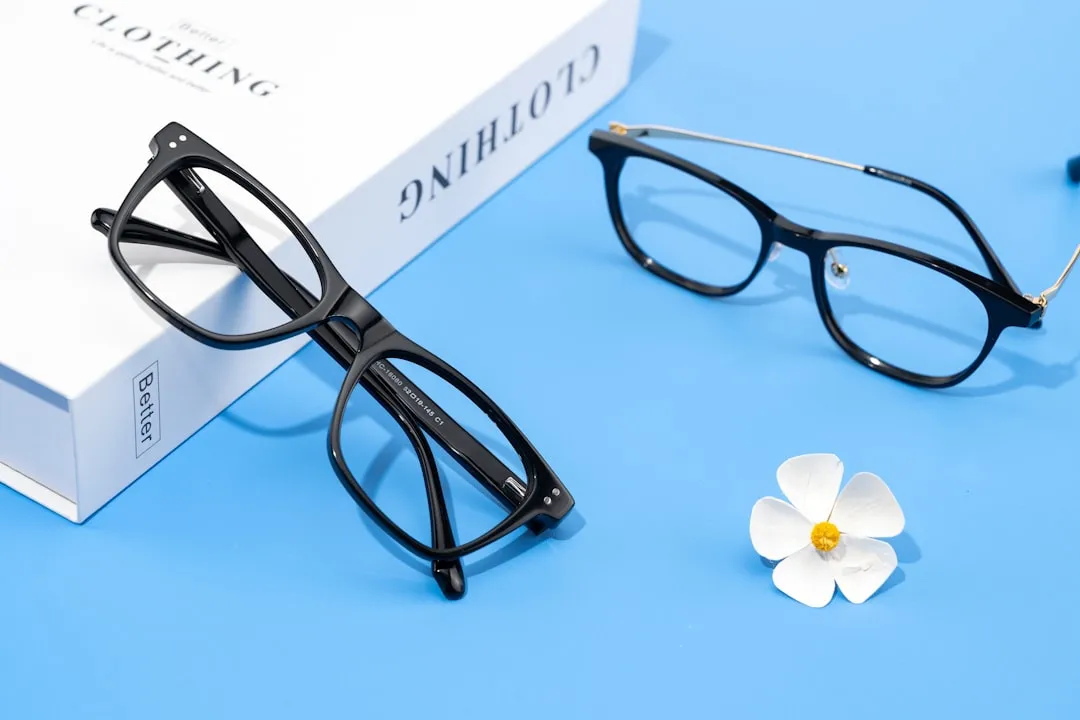



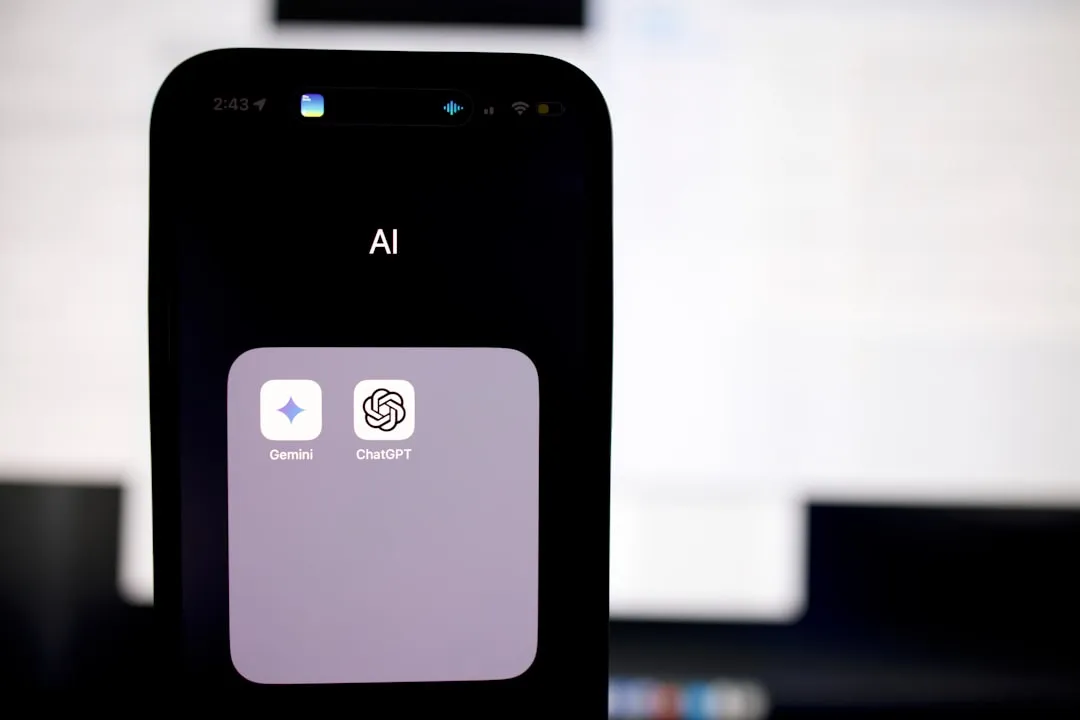


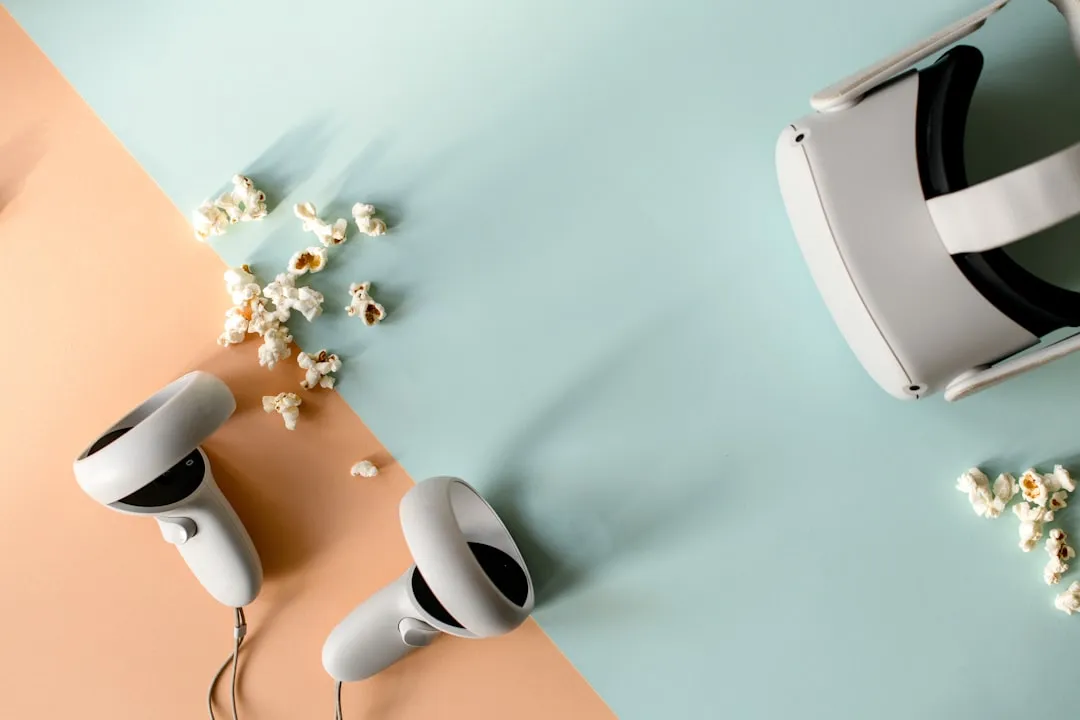



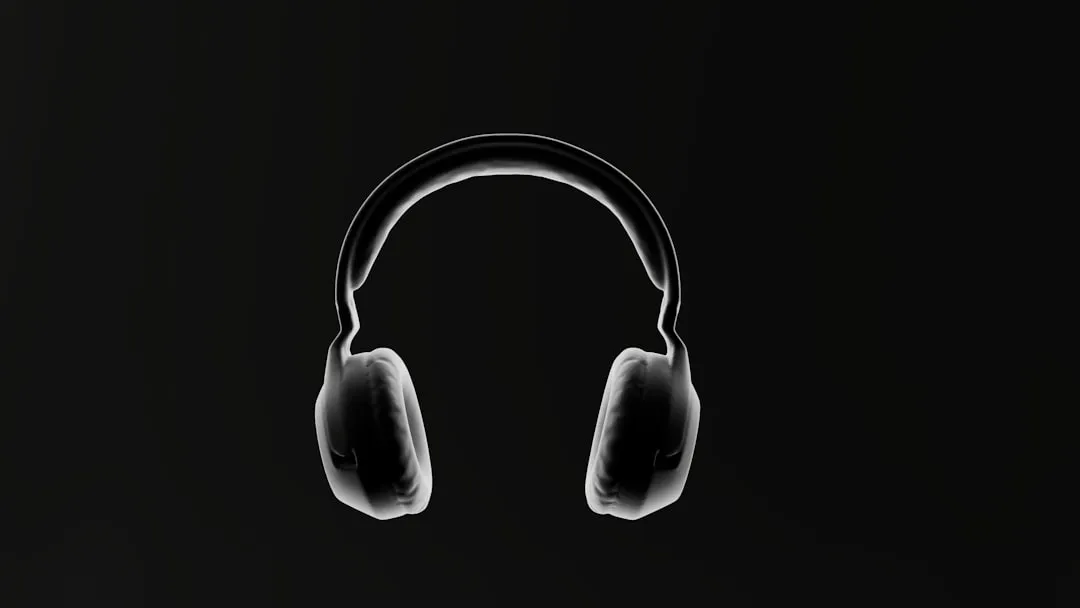
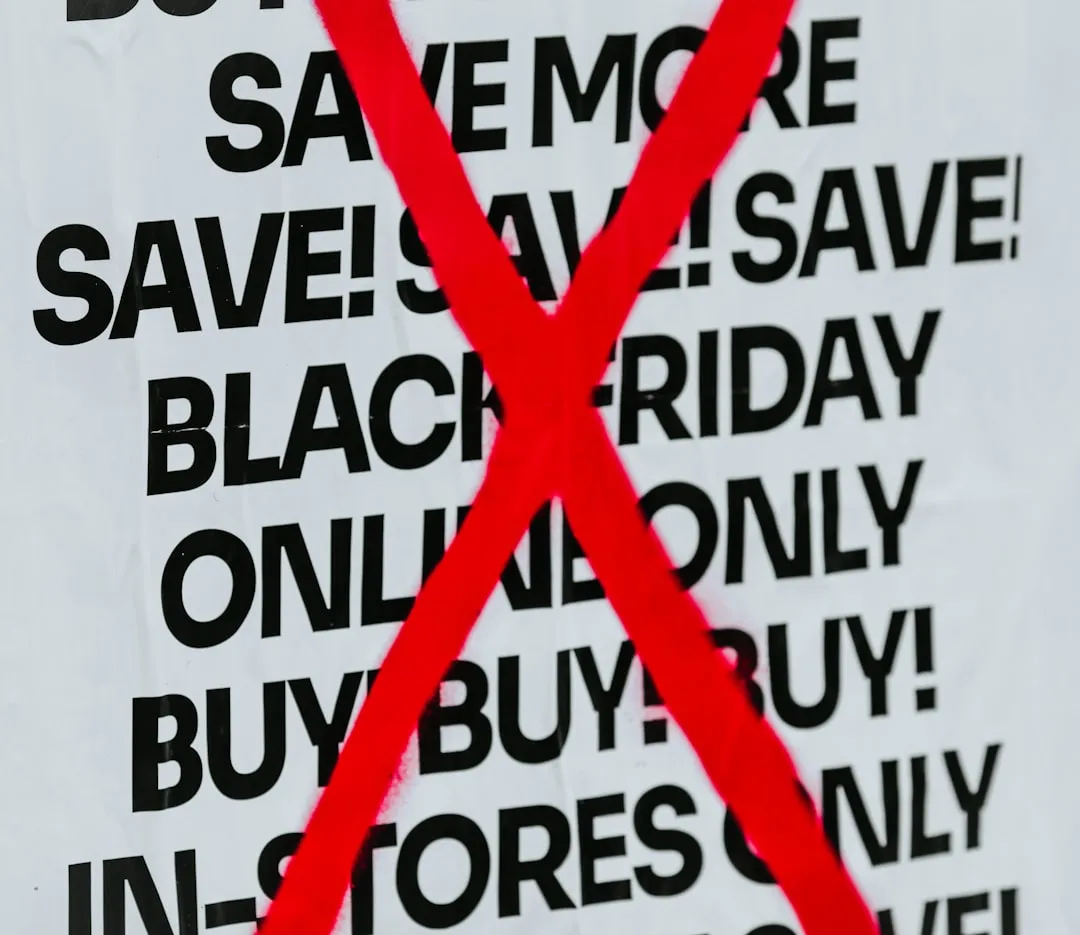







Comments
Be the first, drop a comment!